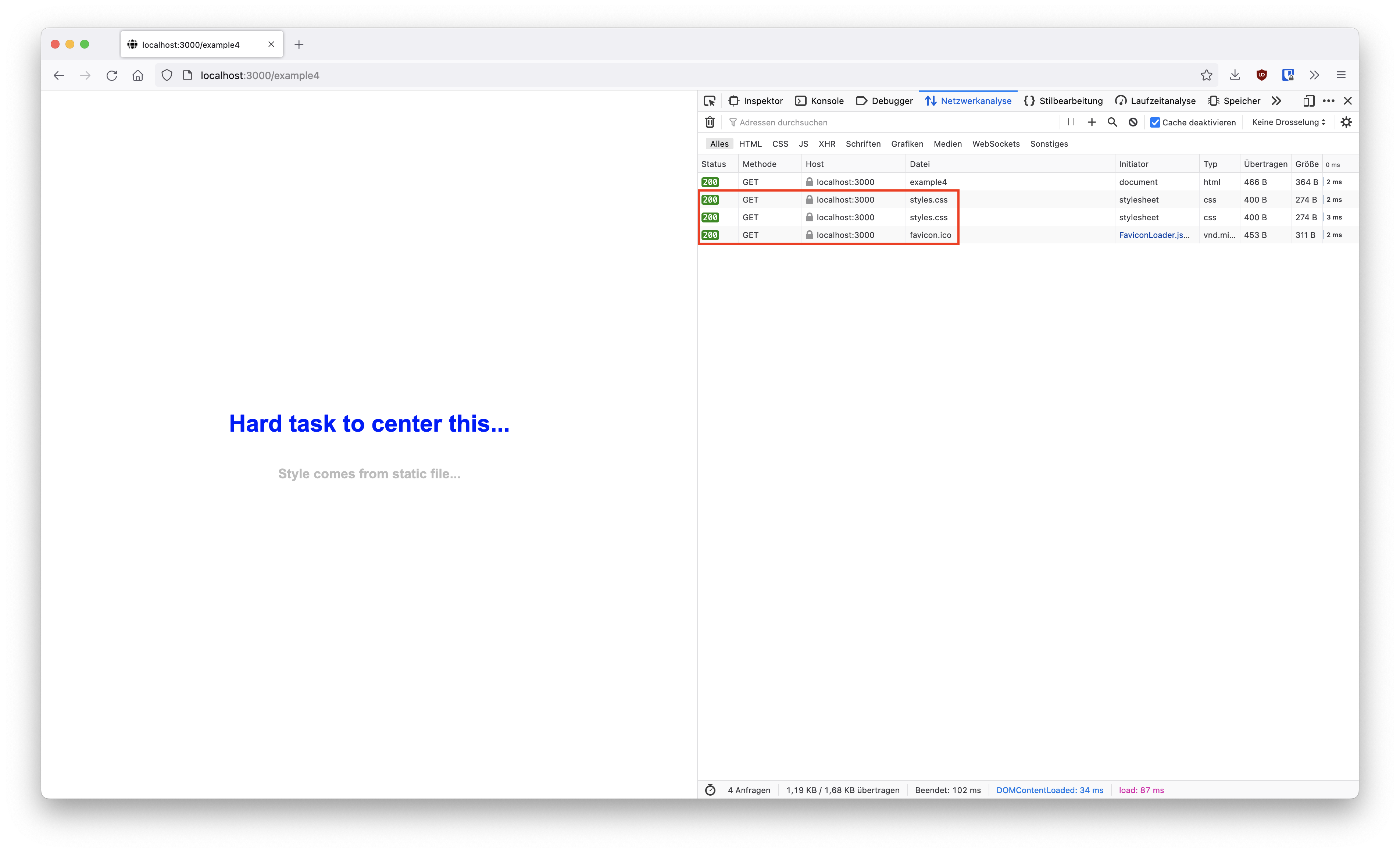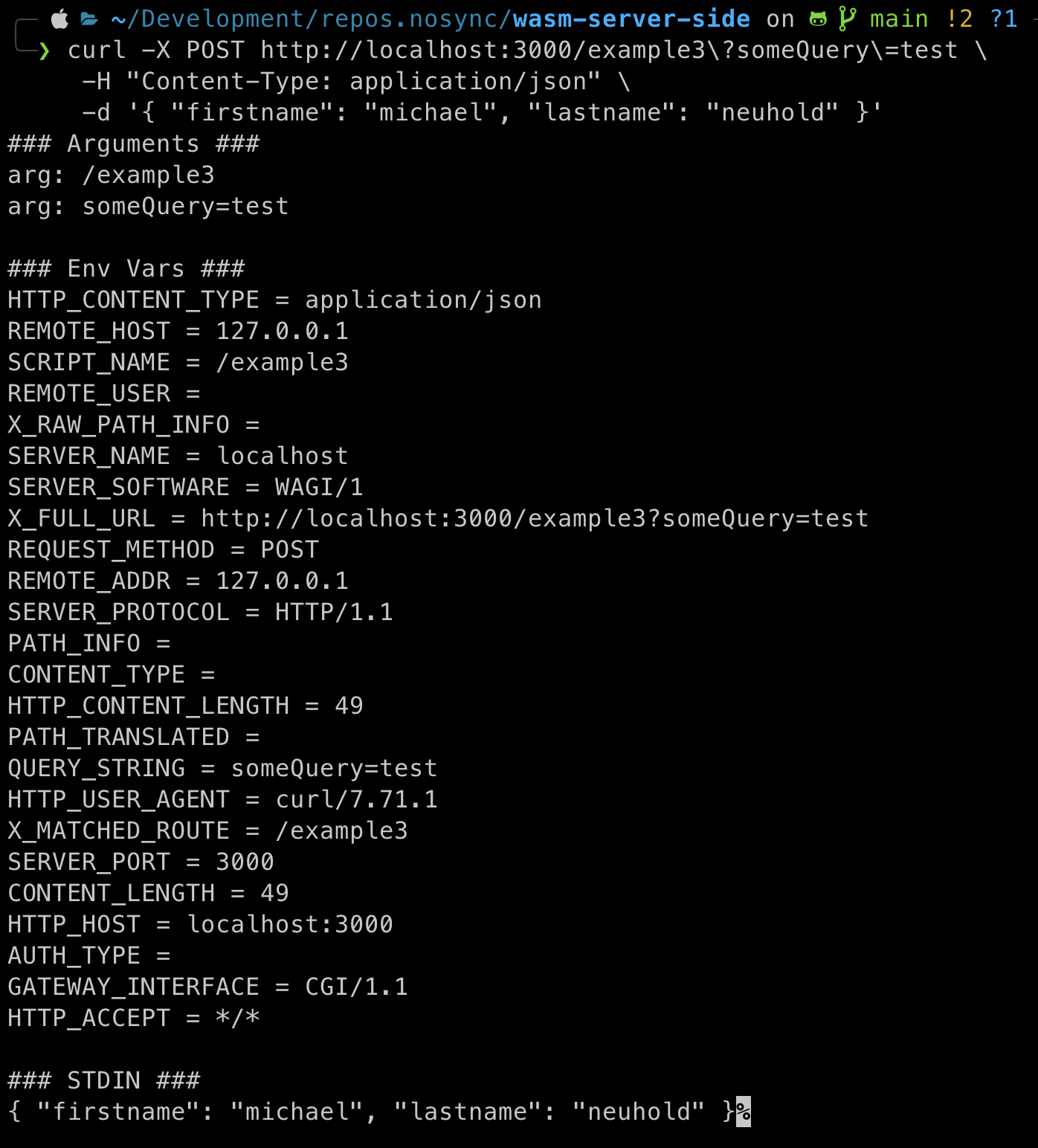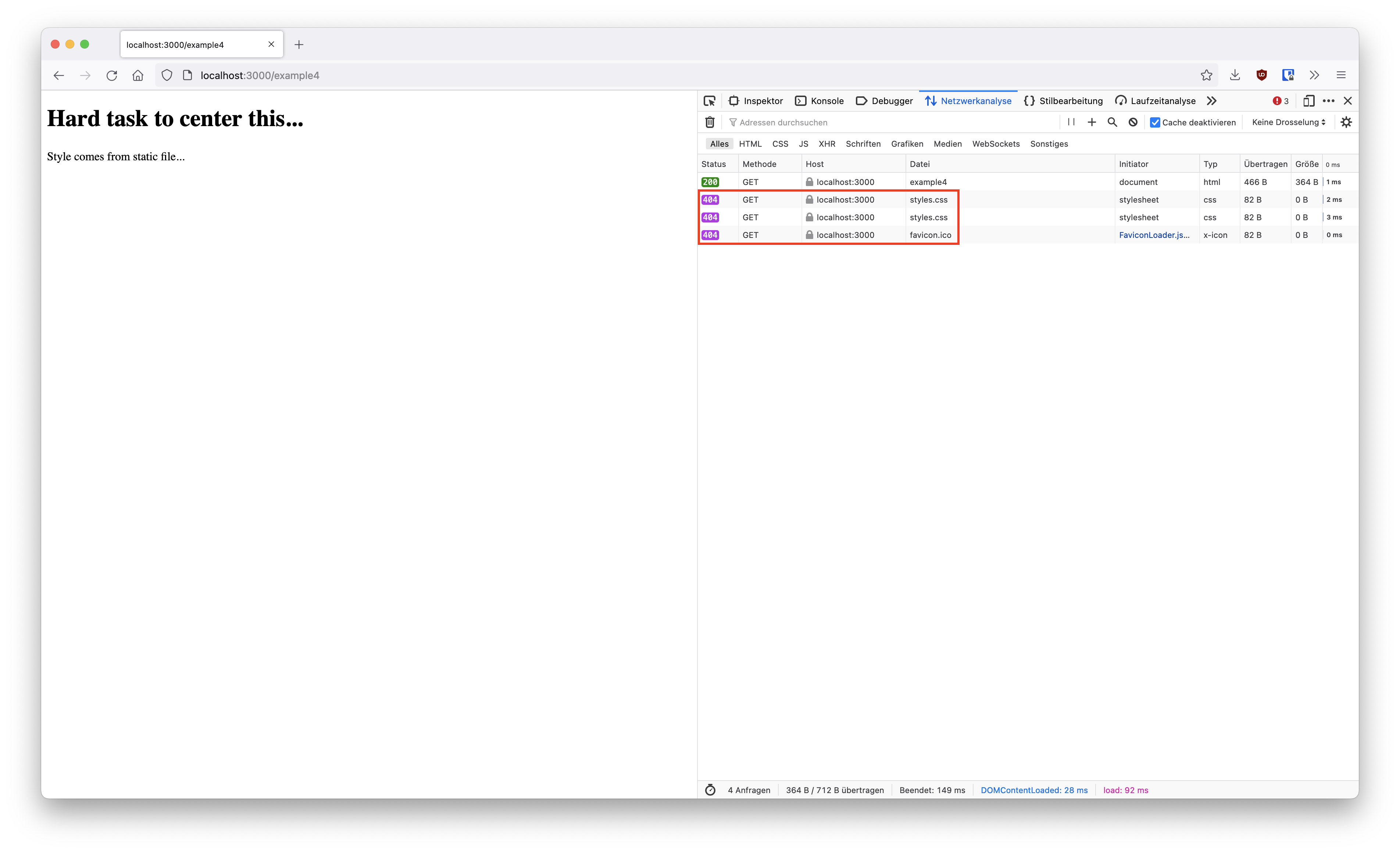This repository is about playing around with WebAssembly on the server-side. Testing the concept of sandboxed wasm applications and there similarity to containers. The examples are based on the resources below and will be extended incrementally.
- https://github.com/rstropek/rust-samples/tree/master/hello-wagi
- https://slides.com/rainerstropek/wasm-container-killer/fullscreen
- Awesome talk: https://www.youtube.com/watch?v=Xumf_n2KlBM
WebAssembly (abbreviated Wasm) is a binary instruction format for a stack-based virtual machine. Wasm is designed as a portable compilation target for programming languages, enabling deployment on the web for client and server applications. (Reference)
A fast and secure runtime for WebAssembly. (Reference)
WASI is a modular system interface for WebAssembly. As described in the initial announcement, it’s focused on security and portability. (Reference)
WAGI allows you to run WebAssembly WASI binaries as HTTP handlers. Write a "command line" application that prints a few headers, and compile it to WASM32-WASI. Add an entry to the modules.toml matching URL to WASM module. That's it. (Reference)
All examples are implemented in Rust. However, no language-specific knowledge is necessary to understand the code snippets. To execute more complex shell commands the justfile project was used.
Just start by implementing a Hello World program written in Rust. The code can be found here. To build the project with cargo, execute the following command:
just example1-buildTo run the generated executable run the following command:
just example1-runThe same code can be compiled to wasi. Therefore the target of cargo build has to be set to --target wasm32-wasi. Furthermore it is possible to execute it via the wasmtime runtime. Just run the following command:
just example1-with-wasmtimeAll commands are specified in justfile.
The next examples use watchexec which simply recompiles the source code when it is updated. For this example to run, a modules.toml file has to be created. For this example it is sufficient to insert the following lines into the file:
[[module]]
route = "/example2-ping"
module = "./target/wasm32-wasi/debug/example2.wasm" Wagi is an CGI (Common Gateway Interface) implementation for WebAssembly. The specified module is served as http handler at /example2-ping. The handler runs sandboxed (eg. handler does not have access to other files on the host and only limited access to environment variables).
The example 2 code just writes the raw format of an HTTP response on standard out.
fn main() {
println!("Content-Type: text/plain");
println!(); // separates header and body
println!("pong")
}just watch example2curl -X GET http://localhost:3000/example2-ping \
-H "Content-Type: text/plain"The third example shows what happens to the header, query string and body of a POST request. The code can be found here.
just watch example3curl -X POST http://localhost:3000/example3?someQuery=test \
-H "Content-Type: application/json" \
-d '{ "firstname": "michael", "lastname": "neuhold" }'This example shows how to provide access to static files inside the sandbox. Therefore, the rust code used returns HTML that links to a static styles.css file. Without explicitly providing the static folder, the sandbox cannot access this file.
just watch example4In modules.toml, access can be set up by binding the static folder to the sandbox, which is similar to Docker's volume binding.
[[module]]
route = "/static/..."
module = "./fileserver.gr.wasm"
volumes = {"/" = "/Users/michaelneuhold/Development/repos.nosync/wasm-server-side/_static"}Now the styles.css and favicon.ico can be loaded.

TODO
just watch example5

